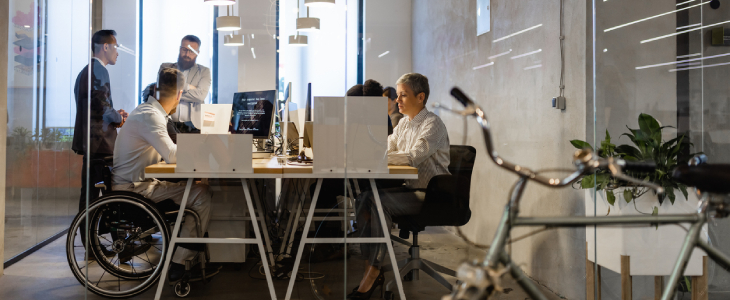In the digital era, copyright laws play a critical role in protecting creative works and intellectual property. These laws ensure that creators receive recognition and fair compensation for their work, while also fostering innovation and cultural diversity. However, when these rights are infringed upon, copyright litigation becomes a key tool for seeking justice and upholding the integrity of intellectual property. This legal process involves complex procedures and principles, essential for resolving disputes and maintaining the balance in the creative domain.
Understanding Copyright Law
Copyright law is a form of intellectual property law that protects original works of authorship, including literary, dramatic, musical, artistic, and certain other intellectual works. This legal right grants the creator exclusive control over the use and distribution of their work, typically for a limited time. The foundation of copyright protection is originality; a work must be independently created and possess some degree of creativity to qualify. Additionally, copyright registration, while not mandatory, significantly strengthens a creator’s legal position by providing a public record of the work and its date of creation.
Copyright protection covers a wide range of expressions from books, music, paintings, to software and architectural designs, but it does not protect ideas, concepts, or methods of operation. Moreover, the rights conferred by copyright include the ability to reproduce the work, prepare derivative works, distribute copies, and perform or display the work publicly. However, these rights are subject to certain limitations and exceptions, such as fair use, which allows for limited use of copyrighted material without permission under specific circumstances, like commentary, criticism, or educational purposes.
Identifying Copyright Infringement
Copyright infringement occurs when someone uses a copyrighted work without permission in a way that violates the rights granted to the copyright holder. This infringement can manifest in various forms, such as unauthorized reproduction, distribution, public performance, or creation of derivative works. Common examples include copying a book or article without permission, using a copyrighted song in a video without acquiring the necessary rights or distributing pirated movies or software. The digital age has amplified these issues, making it easier for copyrighted materials to be shared illegally online, raising significant challenges for copyright holders.
Determining whether an action constitutes infringement can be complex. The concept of “fair use” often comes into play, which considers factors such as the purpose and character of the use, the nature of the copyrighted work, the amount and substantiality of the portion used, and the effect of the use on the potential market. Fair use allows for some usage, such as for educational purposes, commentary, or parody, without it being considered infringement. However, this area of law is nuanced, and what constitutes fair use can vary depending on the specific circumstances, making legal guidance crucial in these cases.
The Process of Copyright Litigation
The process of copyright litigation begins when a copyright holder suspects infringement and decides to take legal action. This involves filing a lawsuit in a court with the appropriate jurisdiction. The complaint must detail the alleged infringement, showing how the defendant’s actions have violated the copyright holder’s rights.
Once the lawsuit is filed, the defendant is served with a legal notice and allowed to respond. This initiates a series of legal proceedings, including preliminary hearings and possible pre-trial motions, where both parties present their arguments and evidence to the court. During this phase, it’s crucial for the plaintiff to establish a prima facie case of copyright infringement, which requires showing ownership of the copyright and unauthorized use by the defendant.
Following the initial stages, the case may enter the discovery phase, where each party investigates the other’s claims and defenses. This involves gathering evidence through depositions, interrogatories, and document requests. The complexity of copyright issues often makes this phase extensive and crucial for building a strong case.
If the matter does not settle out of court, it proceeds to trial, where both sides present their evidence and arguments before a judge or jury. The trial concludes with a verdict, determining whether infringement occurred and what remedies are appropriate, which may include monetary damages, injunctions against further infringement, and in some cases, legal fees.
The Role of an Intellectual Property Attorney
An intellectual property (IP) attorney plays an important role in copyright litigation. They assist in identifying potential infringements, advise on the strength of a case, and develop strategies for litigation. They are instrumental in preparing and filing the lawsuit, ensuring compliance with legal procedures and deadlines. During the litigation process, IP attorneys represent their clients in court, managing the presentation of evidence and argumentation. They also negotiate settlements and, if necessary, handle appeals. Their knowledge of copyright law and litigation tactics is vital for effectively advocating for their client’s rights and interests.
Contact a Copyright Litigation Attorney at Gearhart Law
Understanding copyright law and effectively handling litigation demands a thorough grasp of complex legal principles and procedures. Gearhart Law is equipped with the knowledge and experience to guide you through this process, ensuring your rights are protected and your creative works are rightfully defended. We invite you to reach out to us for personalized legal advice and robust representation tailored to your unique situation.

